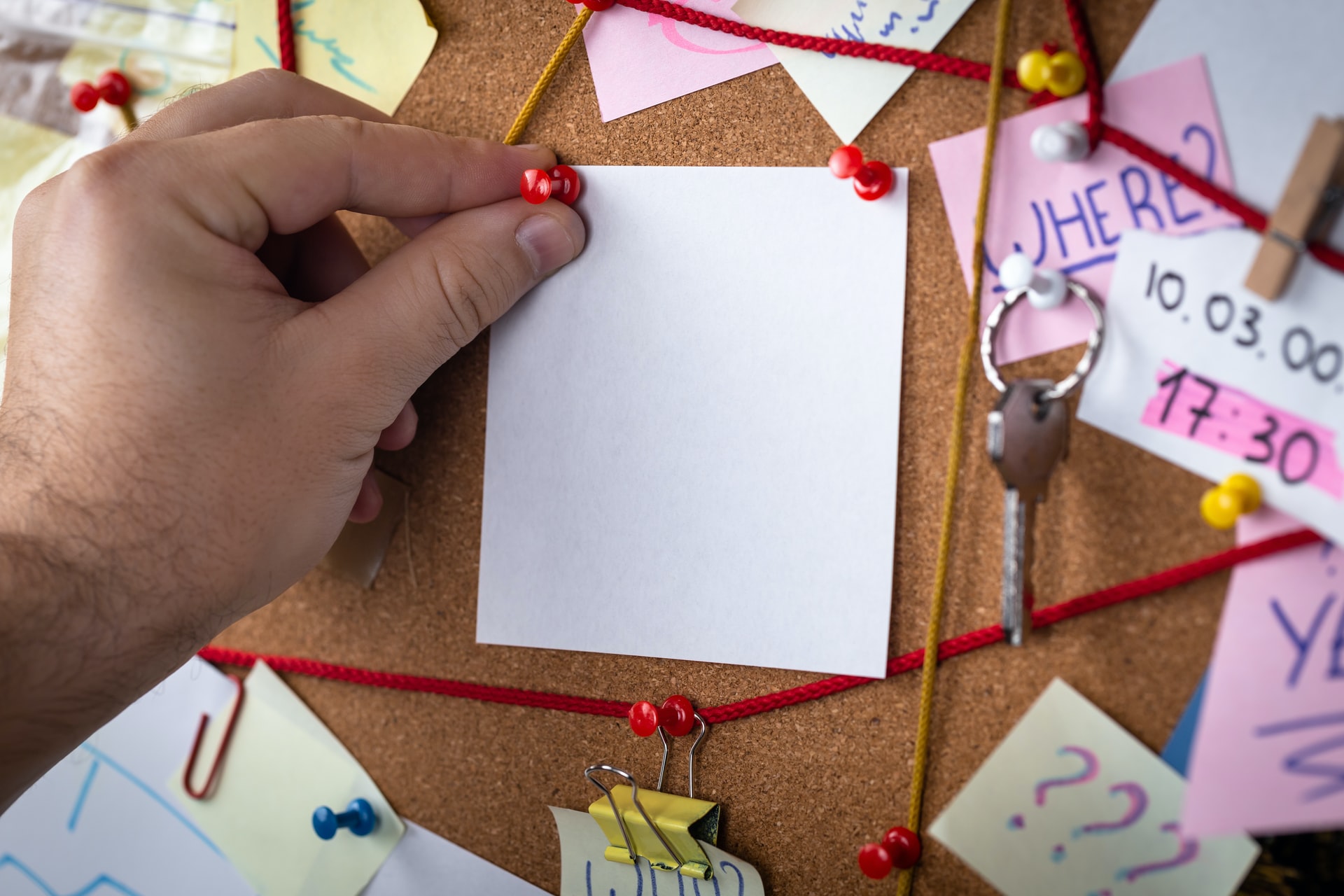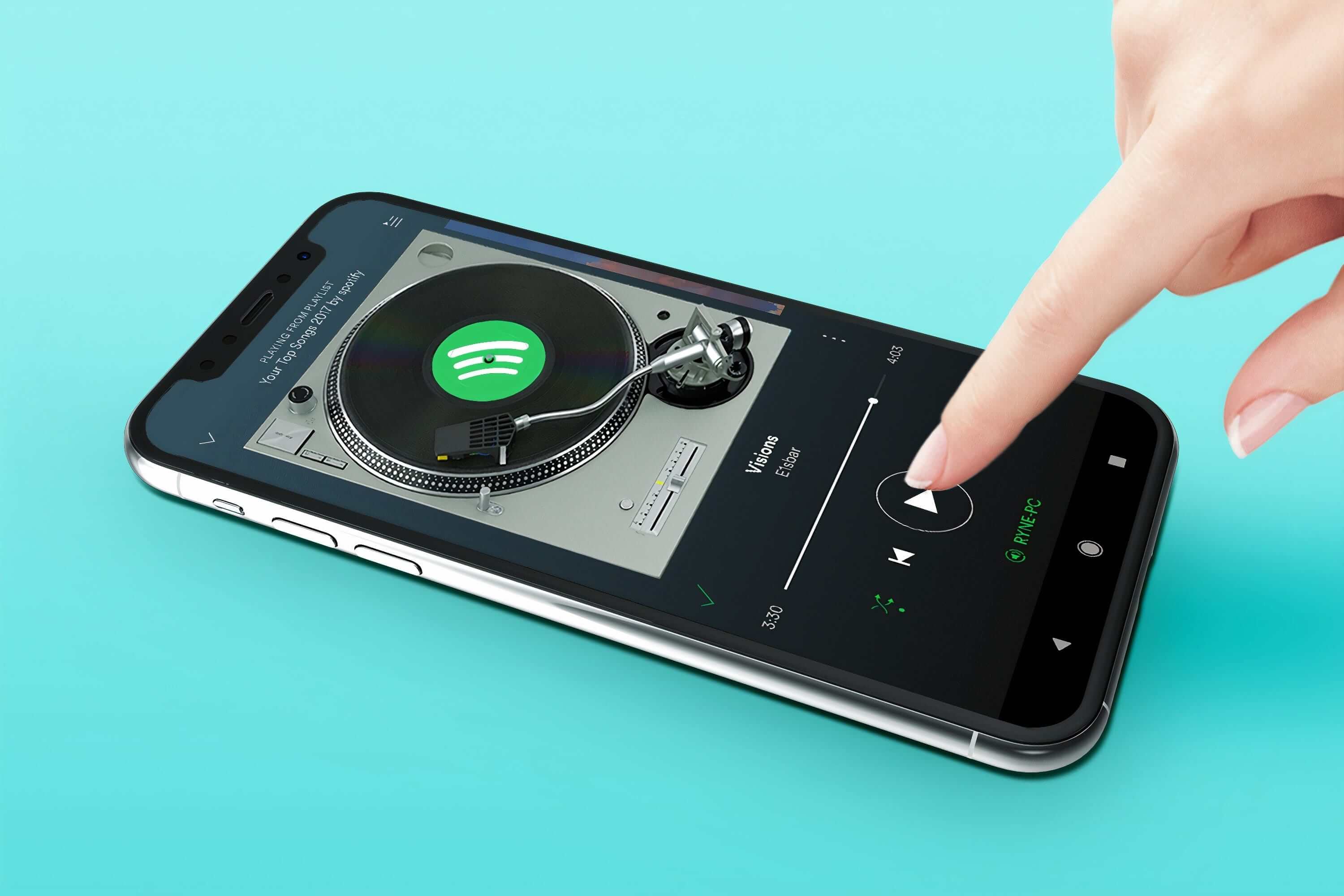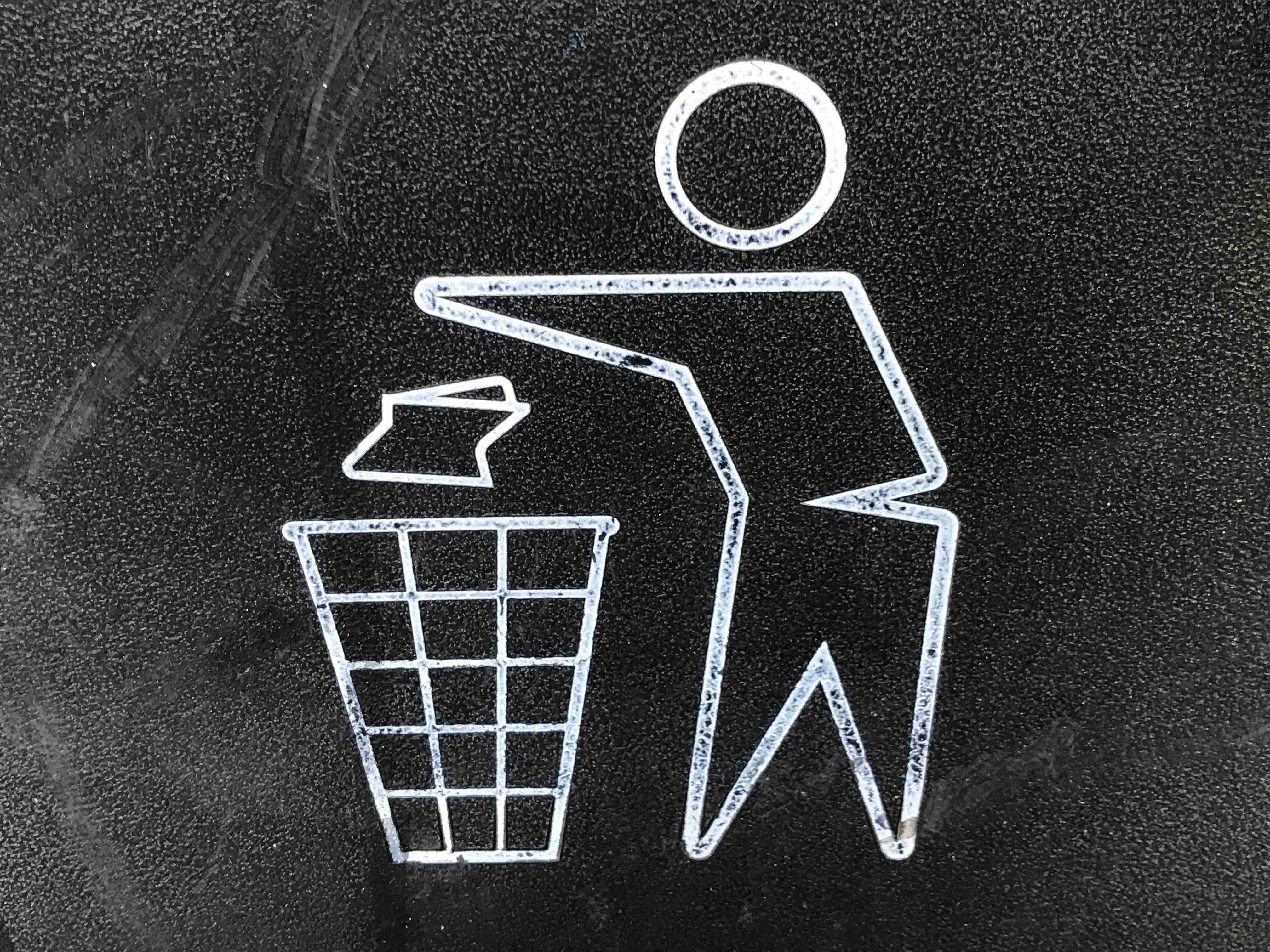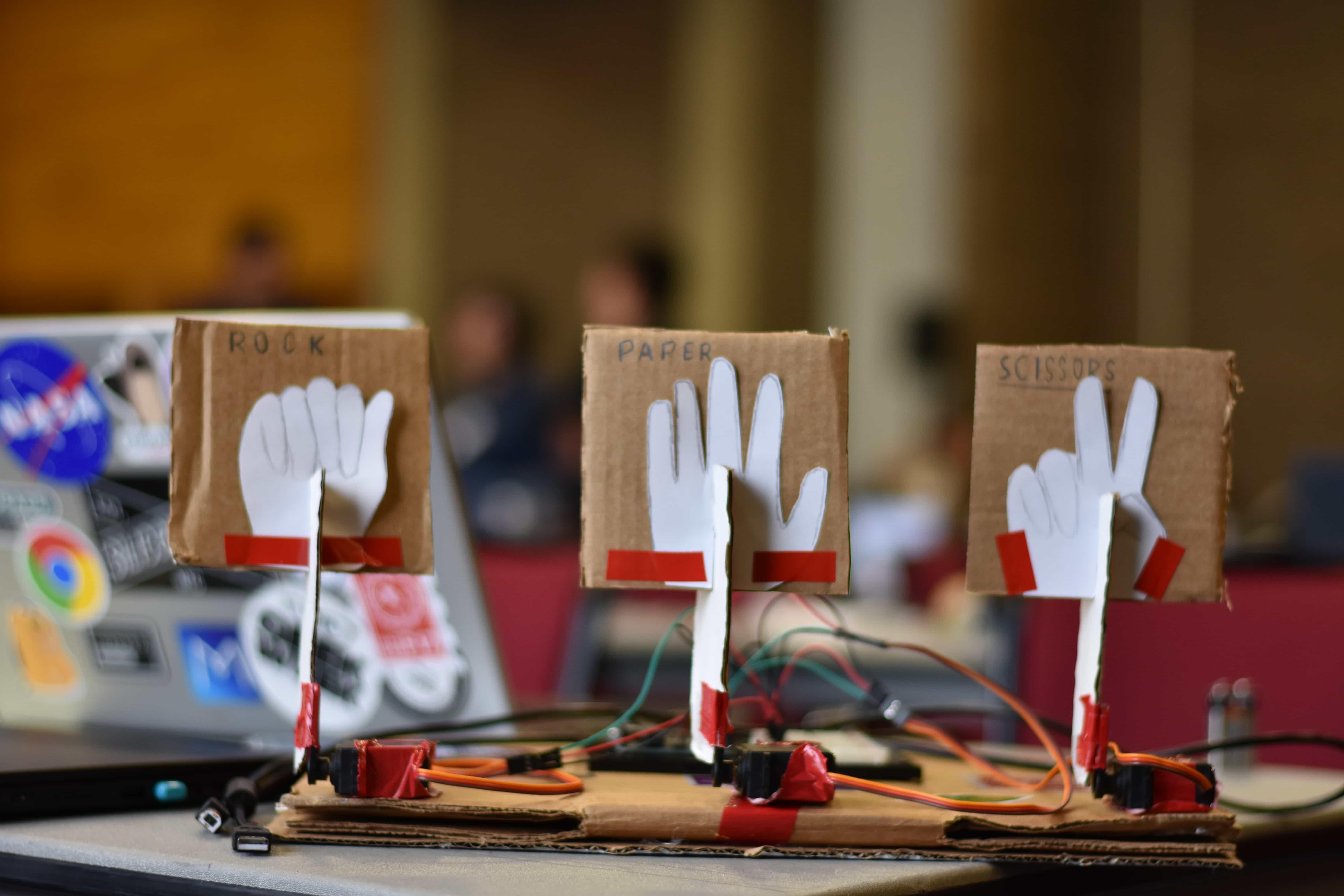My Elevator Pitch 👋🏽
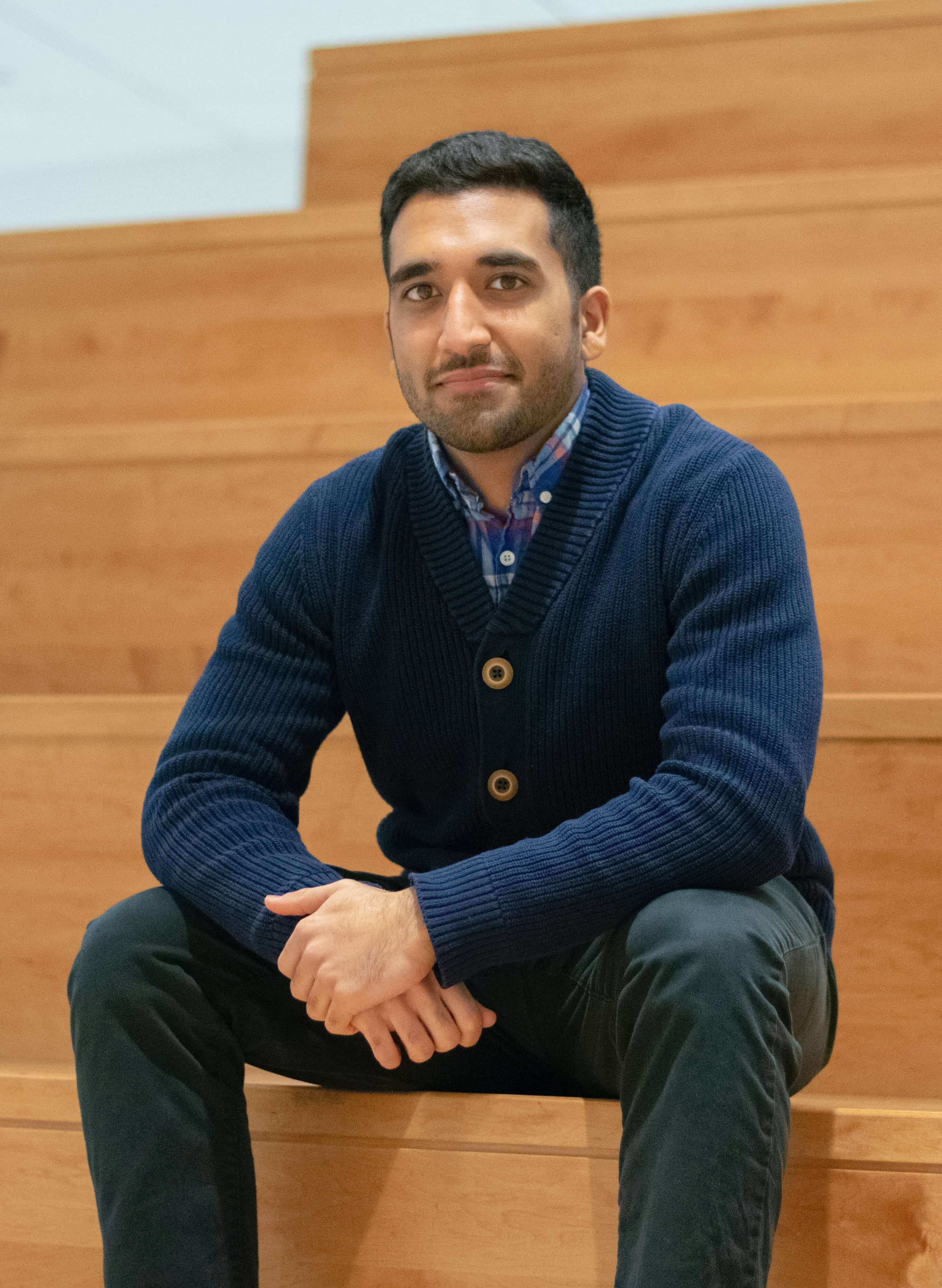
My name is Rishab Chawla and I am a software engineer based in New York City who loves to build applications with a social impact. I have developed across the entire web stack and mobile devices with a focus on developing irresistible user interfaces, such as this website, and scalable backend systems.
Currently, I am a software engineer at Capital One, where I use my development superpowers to provide a better online banking experience for millions of money makers in North America.
When I am not trying to center a div within a div, you can find me exercising to maximize gains, plucking the wrong strings on a guitar, adding to my pristine cardigan collection, escaping reality in another country, or preparing South Asian delicacies.
